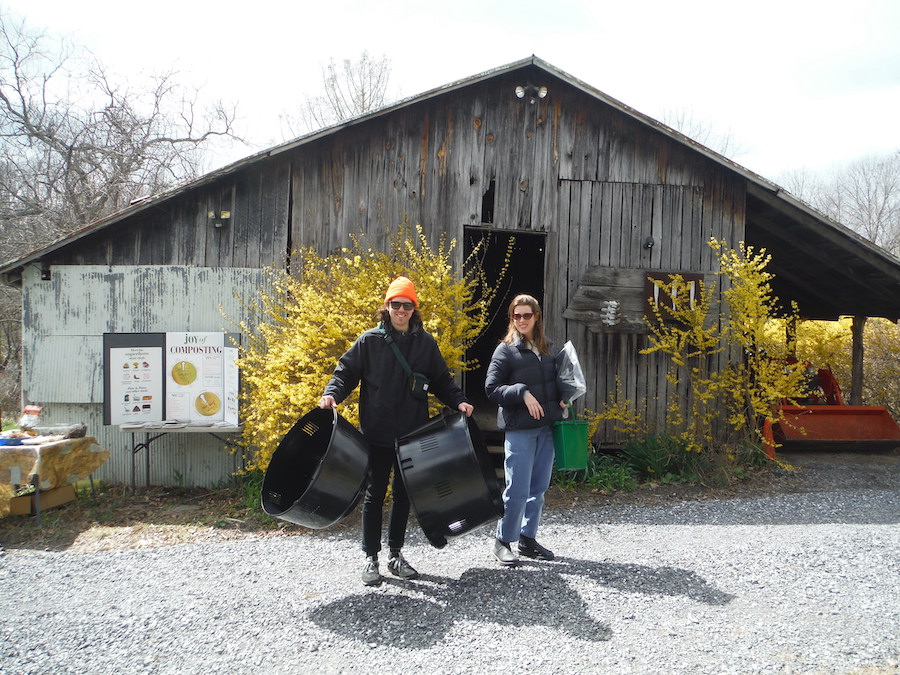
In our last blog post we touched on why your food scraps are so much better for the environment when they go into a compost pile versus when they go into the landfill. That positive change made by composting is a really big reason why composting is a good thing to do. But it’s not the only reason! Making compost from your food scraps and then putting that compost in your gardens plays a large role in building up healthy soils, which our landscapes often need.
Much of the soil that we walk on, garden in, and that the farmers in our country grow their crops in has been seriously degraded over the years. Those of us living in houses built recently likely have construction fill with a thin layer of soil on the top making up the dirt on our properties, which is not a nutrient-rich environment for anything to grow healthy and happy. Soil erosion into nearby waterways is a big issue. This erosion strips the land of its naturally formed layer of topsoil every time bare soil is hit by heavy rain. The American midwest, which has been known as the bread basket of our country due to all the grain and other agricultural products grown there, has seen an incredible loss of topsoil because the rich prairie and grassland ecosystems that helped sustain that topsoil have been cleared to make way for farmland. That rapid clearing of land is actually what led to the Dust Bowl in the 1930s.
According to a 4/19/22 article in The Smithsonian…
- Since farmers began tilling the Midwest 160 years ago, 57.6 billion metric tons of topsoil have eroded.
- Topsoil is eroding at a rate of 1.9 millimeters per year.
- Farmers can lose 50 to 70 percent of their yield potential because of the loss of topsoil.
- Generating just over an inch of topsoil takes 1,000 years.
That’s a lot of not great news. The good news is that you, putting your compost back onto the earth, are actually helping to replenish the earth’s topsoil. It takes a thousand years to create an inch of topsoil when the process happens on its own, with no one helping out. When humans help out we can revive topsoil much faster. Your compost is full of nutrients that are a part of healthy soil; it is a habitat to the many decomposers that create rich soil, and by getting incorporated over time into the existing dirt it improves the soil’s overall texture and structure. So, not only are you reducing harmful greenhouse gasses by composting, you’re helping restore the earth’s lost layer of topsoil which–as we can see in the above list–is a really big deal!! Thank you for helping out.
